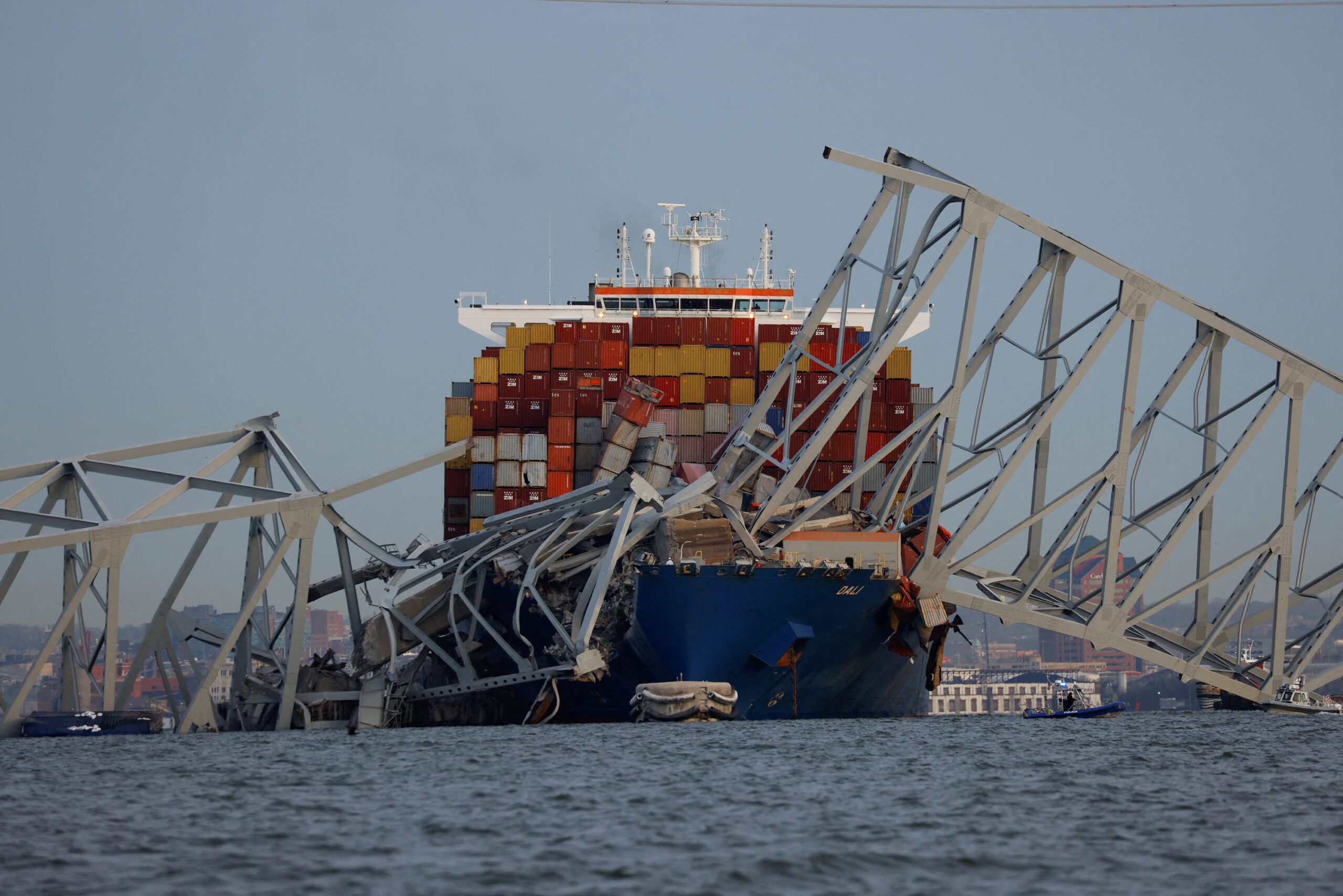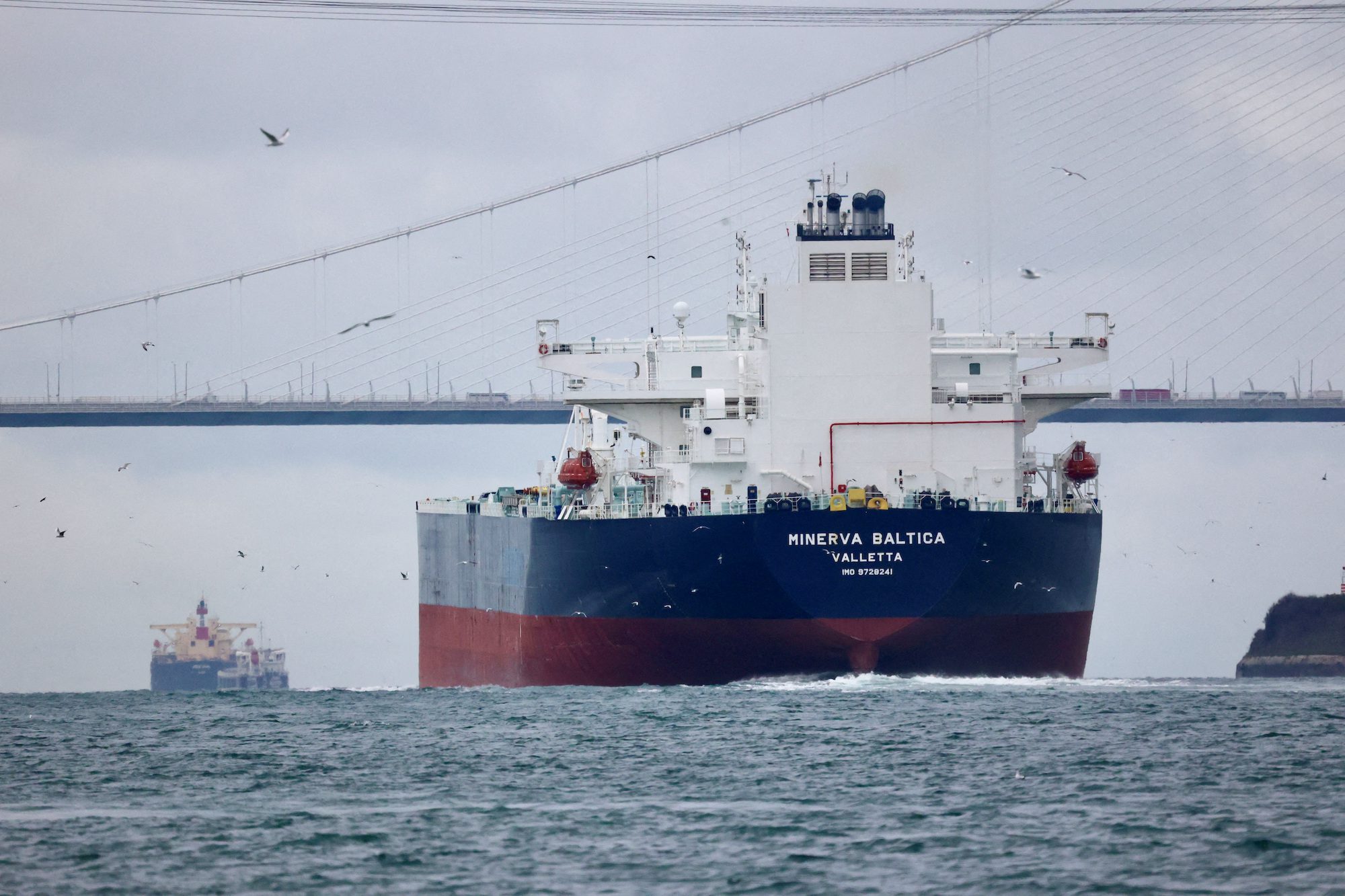March 29 search area map courtesy AMSA
By Michael Sin and Iain McDonald
March 30 (Bloomberg) — Australian and Chinese ships recovered unidentified objects from the Indian Ocean as planes spotted more items in the search for Malaysian Air Flight 370.
Australia’s HMAS Success and China’s Haixun 01 retrieved “a number of objects from the ocean but so far no objects confirmed to be related” to the missing plane, the Australian Maritime Safety Administration said in a statement. It was the first time in the search that material has been picked up.
Five ships are on the way to the revised search zone, bringing the total to nine, in the international effort, the Australian agency said. Eight aircraft sighted multiple items yesterday in a search area that covered about 252,000 square kilometers (97,300 square miles).
White, red and orange “suspicious objects” have been seen as the Chinese ship Jinggangshan, carrying two helicopters, joined the Haixun 01 in the search area, the official Xinhua news agency said. Equipment from the U.S. Navy to track the plane’s black box recorder has arrived in Perth and will be deployed when needed, Australian Prime Minister Tony Abbott said yesterday.
Time may be running out as the battery-powered beacons that help locate the black boxes on the Boeing Co.’s 777 last about 30 days. The latest lead in the three-week-old search was based on radar and performance data as the jet flew between the South China Sea and Malacca Strait, authorities said. It shows the jet moved faster, using more fuel, and may not have crashed as far south as estimated earlier.
Large Area
“This is still an attempt to search a very large area, and for surface debris, which will give us an indication of where the main aircraft wreckage is likely to be,” Martin Dolan, chief commissioner of the Australian Transport Safety Bureau, said March 28 in Canberra. “This has a long way to go yet.”
Examinations of the home flight simulator of the jet’s pilot haven’t found anything sinister, Malaysia’s Acting Transport Minister Hishammuddin Hussein said yesterday. The Central Intelligence Agency, Britain’s MI6 and Chinese intelligence agencies are helping with the investigation, he said.
The new search zone is 1,100 kilometers (700 miles) to the northeast of the previous area, off Australia’s west coast. Investigators narrowed in on the area with an analysis assuming that Flight 370 traveled at close to constant velocity.
P3 Orion
A New Zealand P3 Orion patrol plane found 11 objects inside a small radius, about 1,600 kilometers directly west of Perth, Air Vice-Marshall Kevin Short, commander of joint forces New Zealand said in a telephone interview yesterday. While the objects were mostly rectangular, white and less than 1 meter (3.3 feet) in size, there was a larger, slightly blue object and another colored orange and about the size of a shipping buoy.
Five aircraft spotted “multiple objects of various colors” before the search concluded on March 28, according to the Australian Maritime Safety Administration, or AMSA.
Yesterday’s search was conducted in suitable conditions that may deteriorate, AMSA said. The search area is about 1,850 kilometers west of Perth and spans 319,000 square kilometers, compared with an 80,000-kilometer region scoured on March 27.
Because the latest search zone is closer to Australia than previous locations, aircraft have more time over the ocean. The hunt also moves outside of the so-called Roaring Forties, a region between the 40th and 50th degrees of latitude south known for strong winds and wave conditions. Ocean depth in the area ranges from 2,000 meters to 4,000 meters.
Credible Lead
“This is the most credible lead to where debris may be located,” AMSA said.
Along with Chinese and Australian vessels, the Australian Geospatial-Intelligence Organisation is redirecting satellites to scan the region as well. The Federal Aviation Administration and the U.K.’s Air Accidents Investigation Branch are also assisting the search.
“You’ve practically got everybody in the aviation industry involved in the search and rescue,” Hishammuddin told reporters after meeting with the families of passengers. “This is the best time for everybody to relook, not only on the question of the aviation landscape but also on the issue of security and defense.”
The search for Flight 370 initially focused on the Gulf of Thailand, south of Vietnam, before switching to the Malacca Strait and Andaman Sea after radar data showed that the plane had backtracked west across the Malaysian peninsula.
No Survivors
The hunt was then extended thousands of miles from the original search zone after analysis of satellite signals suggested the plane had continued flying for five hours in one of two possible arcs over the Indian Ocean or Asian landmass.
Inmarsat Plc concluded last week that the profile of satellite pings showed the jet definitely took the southern arc, prompting Malaysian Airline System Bhd. to say that the 777 had crashed into the ocean and that there was no hope of survivors.
Satellite sightings had appeared to be helping the multinational search to home in on wreckage from the aircraft that vanished on March 8 with 239 passengers and crew.
Photos from a Thai orbiter on March 24 showed more than 300 objects measuring 2 meters to 15 meters floating 2,700 kilometers southwest of Perth, an area close to prior sightings from space. A Japanese satellite detected a dozen pieces of possible debris in a March 26 image, Kyodo News Service said.
No Wreckage
Areas where satellite images had previously shown objects in the ocean were checked and no plane wreckage had been found, Andrea Hayward-Maher, an AMSA spokeswoman, said yesterday.
Since the focus shifted to the south Indian Ocean more than a week ago, planes have made multiple sightings of debris, including a wooden pallet with straps and unidentified green and orange objects, none of which have been recovered.
The Malaysian aircraft may have cruised steadily across the Indian Ocean after diverting from its route to Beijing from Kuala Lumpur, according to Inmarsat. The jet flew over the equator and away from the satellite, according to analysis by the engineers, spokesman Chris McLaughlin said.
Recovery of the data and cockpit-voice recorders from the 777, which can emit pings for 30 days after becoming immersed in water, would help investigators decipher the plane’s movements and its pilots’ actions in the hours after contact was lost.
The search for debris is critical so “we can reverse- forecast the wind, current and sea state since March 8 to recreate the position where MH370 possibly went into the water,” Commander Tom Moneymaker, an oceanographer with the U.S. 7th Fleet, said in a Navy News Service article.
–With assistance from David Fickling, Edward Johnson and Chris Bourke in Sydney, David Lerman in Washington, Kyunghee Park, Andrea Tan and Shamim Adam in Singapore and Tracy Withers in Wellington.
Copyright 2014 Bloomberg.
Unlock Exclusive Insights Today!
Join the gCaptain Club for curated content, insider opinions, and vibrant community discussions.

 Join The Club
Join The Club













